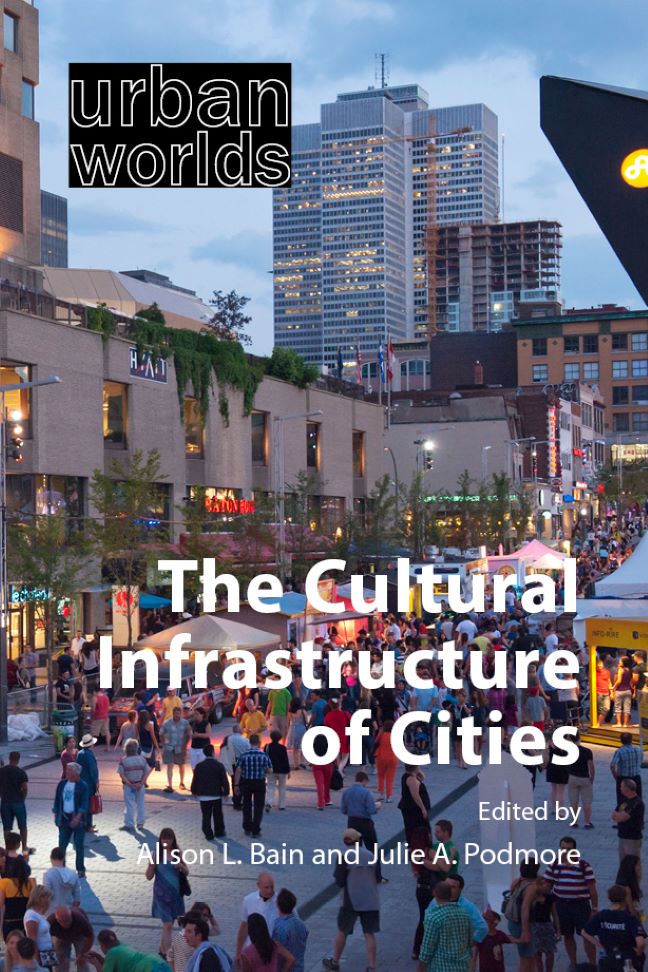Part III - Consuming Culture
Published online by Cambridge University Press: 23 January 2024
Summary
Around the world, urbanism in the twenty-first century is marked by contradictory trends in consumption. In high-income countries, a seemingly unending drive towards mass production and centralized global distribution in large warehouses and big-box stores sits in tension with a middle-class quest for novelty within niche markets of consumption and commodification (Zukin 2010). In a competitive world of late neoliberalism where cities have only themselves to sell, the hyper-drive to ground global capital in place and retain creatives and “culturepreneurs” leads to pockets of urban homogeneity in tension with a search for difference and particularity (Lange 2011). Informal street hawkers and traders juxtapose with a global drive to homogenize the retail landscape through shopping malls, while DIY subcultures in wealthy cities appropriate the ancient informality and localism of pop-up trade. In mid-and higher-income countries, some neighbourhoods are branded as districts of art and entertainment, while gentrification is encouraged by introducing hipster bars, cafes, galleries, studios and farmers’ markets into low-income communities and public spaces (Hubbard 2016). This palette of middle-class cultural amenities fosters consumptive opportunities to build cultural capital and distinction.
Civic leaders and real estate developers seeking to normalize neoliberal urban rule also deploy cultural capital in the marketing of lifestyles, identities and urban spaces (Novy & Colomb 2013), such that neighbourhoods, or specific spaces within them, might be experienced as “cultural” by visitors. The expressly symbolic leveraging of urban cultural infrastructure and the affective atmospheres of creativity, ethno-cultural “diversity” and heritage to change the perception of a place – culture-led urban placemaking – is inevitably linked to the destructive dimensions of urban regeneration. It builds the products of culture into places often at the expense of local communities. Civic leaders also deploy technocratic spatial rationalities in the planning of streetscapes, demonstrating hostility towards disorderly and informal appropriation of urban space by hawkers, panhandlers and the homeless for the discordance they present to a modernist aesthetic of cityness (Watson 2003). In contradistinction to the emphasis on physical and technical infrastructure as modes by which cities are made productive, street trading emphasizes “people as infrastructure” to facilitate economic and social opportunities for poor urbanites (Simone 2004).
- Type
- Chapter
- Information
- The Cultural Infrastructure of Cities , pp. 143 - 148Publisher: Agenda PublishingPrint publication year: 2023

